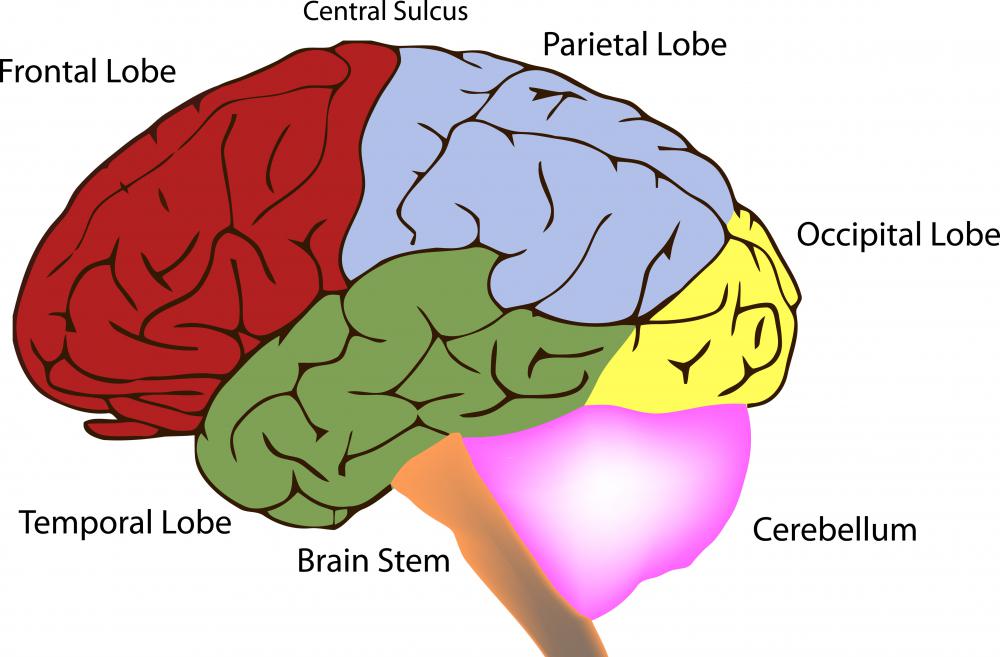At WiseGEEK, we're committed to delivering accurate, trustworthy information. Our expert-authored content is rigorously fact-checked and sourced from credible authorities. Discover how we uphold the highest standards in providing you with reliable knowledge.
What Are the Different Types of Brain Surgery for Seizures?
There are three types of brain surgery for seizures. The first is to remove the part of the brain that causes the seizures; in most cases, surgeons remove part of the temporal lobe. The second type is a corpus callosotomy, severing the nerve bundle known as the corpus callosum. Finally, a multiple subpial transection is generally a last resort option for surgeons as it only lessens seizures rather than stops them altogether.
Brain surgery for seizures is necessary due to the affects of epileptic seizures. Though there are many sub-types of seizures, all seizures raise neural activity to uncommonly high levels. Physical symptoms can include loss of consciousness and involuntary body movement such as twitching. Psychological symptoms can include memory loss, deja vu and experiencing events in slow motion. If seizures are reoccurring, make daily life dangerous or cause brain damage, surgery becomes necessary.

If a patient requires brain surgery for seizures, it is most likely that a surgeon will perform a resection. Simply put, a surgeon removes the area of the brain from where the seizures originate. As the temporal lobe is responsible for the majority of seizures, removing a portion of the lobe generally stops seizures altogether. Though some rehabilitation is necessary due to the loss of brain tissue, many patients' brains, especially those of children, can adapt by rewiring neurons. Most patients can live a normal life after surgery.

In some cases, a resection is not an appropriate brain surgery for seizures, as the part of the brain producing the seizures is too essential to remove. In these cases, a patient undergoes a procedure known as a corpus callosotomy. By severing the corpus callosum, a bundle of neurons that connect the two hemispheres of the brain, seizures cannot travel from one hemisphere to the other. Though a condition known as split-brain develops due to the procedure, seizures no longer affect the patient.

The rarest brain surgery for seizures is a multiple subpial transection. Instead of removing part of the brain, shallow cuts are made into the portion of the brain responsible for seizures; the cuts sever the seizure-causing neural connections. A downside of multiple subpial transection is that a patient may still suffer from seizures after surgery. For this reason, patients continue to take anti-seizure medication after leaving the hospital. Just like with resection, a patient may also experience memory loss or a speech impediment.
AS FEATURED ON:
AS FEATURED ON:















Discuss this Article
Post your comments